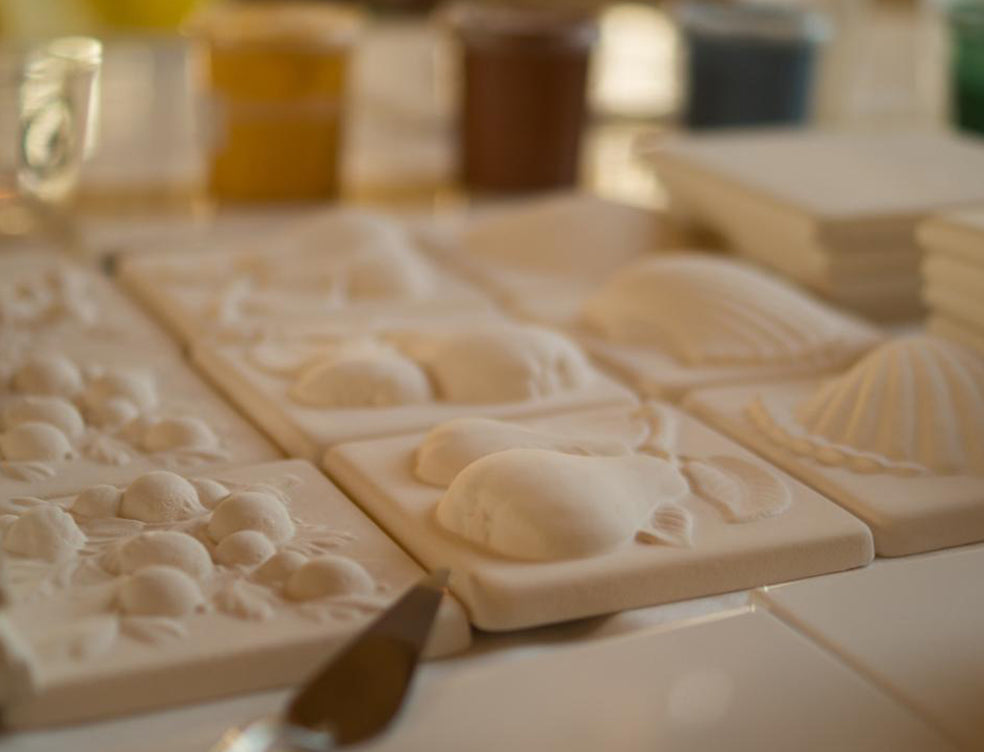Your Cart is Empty

A tiling job can have a huge impact on any renovation project. Attaching decorative tiles is a meticulous task that, when badly done, affects the overall appearance of a surface. Whether the tiles are for your floors, walls or countertops, excellent tiling work creates a smooth and polished look for any part of your home.
Don’t fret – tiling isn’t as hard as you think. In fact, many homeowners attach their own tiles to save time and money. If you want to DIY your own tiling work, this blog tells you what you need to know.
Be Prepared
Preparation is key for a neat tiling job.
The first step is to measure the surface on which you plan to attach new tiles. Take the square footage of the space and figure out how many tiles are required per square metre.
Second, shop for your tiles. Bring your measurements to the hardware store and ask assistance from a sales representative. Then, purchase enough tiles for the space you want to cover. It’s a good idea to buy slightly more than needed as tiles can break during the tiling process and a few spare never hurt.
Third, invest in tiling products. You’ll need an adhesive, grout and a sealer, all of which are available in our tiling collection. We have an enormous selection of tiling materials – choose the products that cater to your needs.
The last step involves buying tools and equipment. Tile spacers, notched trowels, spatulas and plastic spreaders and sponges are important for applying the tiling solutions. Use a hammer for fixing uneven applications.
The Tiling Process
Once you’ve gathered all the materials you need for your tiling job, here’s an easy step-by-step tiling tutorial:
Waterproofing Direct
At Waterproofing Direct, we supply a wide range of waterproofing and tiling products for customers across Sydney. We are a family-owned business that has more than twenty years of experience in the building industry, making us one of the most dependable waterproofing distributors in Sydney, Australia.
Make Waterproofing Direct your partner in your next DIY tiling project. For more information about our products, call us now on 1300 557 973.